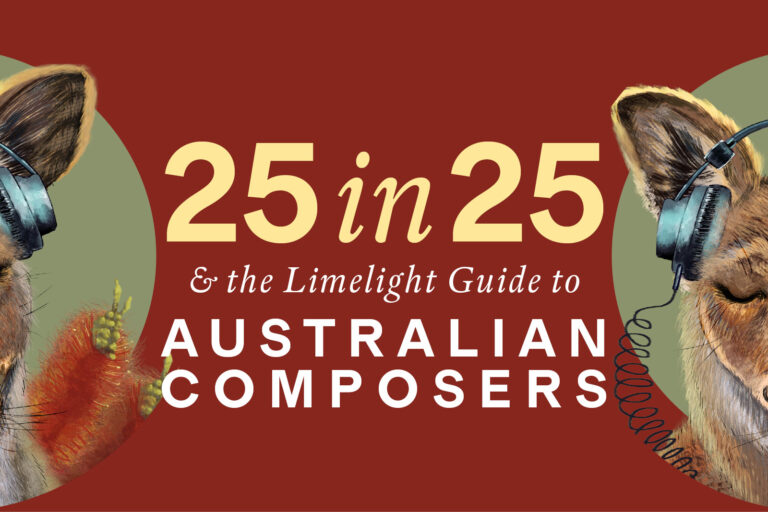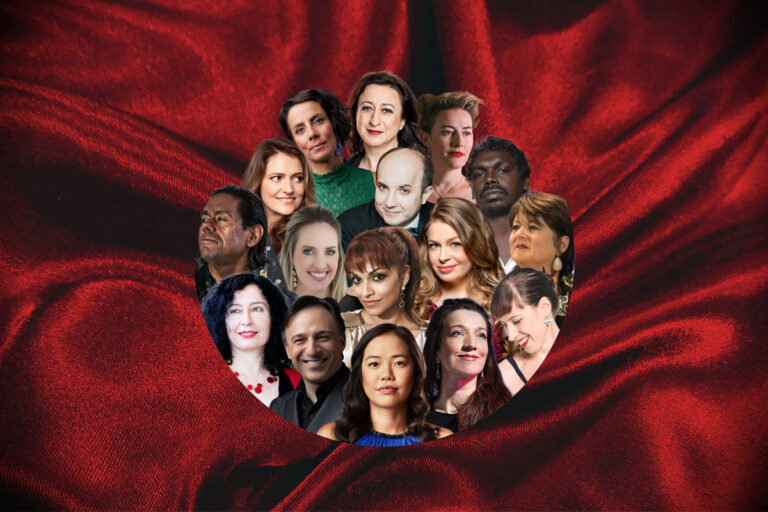Debussy, Elgar and Respighi. It’s a curious line-up, but this collection of sonatas for violin and piano works perfectly. All were written within years of each other: Debussy’s in 1916 (it was the composer’s last major work), Respighi’s in 1918 (the year of Debussy’s death), and Elgar’s in 1919. They’re perfect vehicles of expression for world-class violinist James Ehnes, whose performances here demonstrate a brilliant array of tone colours: from bold, impassioned flexing strokes to soft, limpid lines achieved with just the right amount of bow hair. And Andrew Armstrong is the perfect partner – a sensitive player who can pack a punch when it counts.
Claude Debussy’s Sonata opens with an unsettled Allegro that twists and winds through some curious harmonic regions. His violin writing emphasises line, with the piano often serving as harmonic and textural support. Both Ehnes and Armstrong capture the strange mystery of this music with their brilliant ensemble skills. The second movement Intermède shifts tempo and mood frequently, while the final movement paints some gossamer-light textures, also seeing the violin rollick from high to low, which Ehnes manages with ease.
The first movement of Edward Elgar’s Sonata opens with a spiky counterpoint...
Continue reading
Get unlimited digital access from $4 per month
Already a subscriber?
Log in











Comments
Log in to start the conversation.